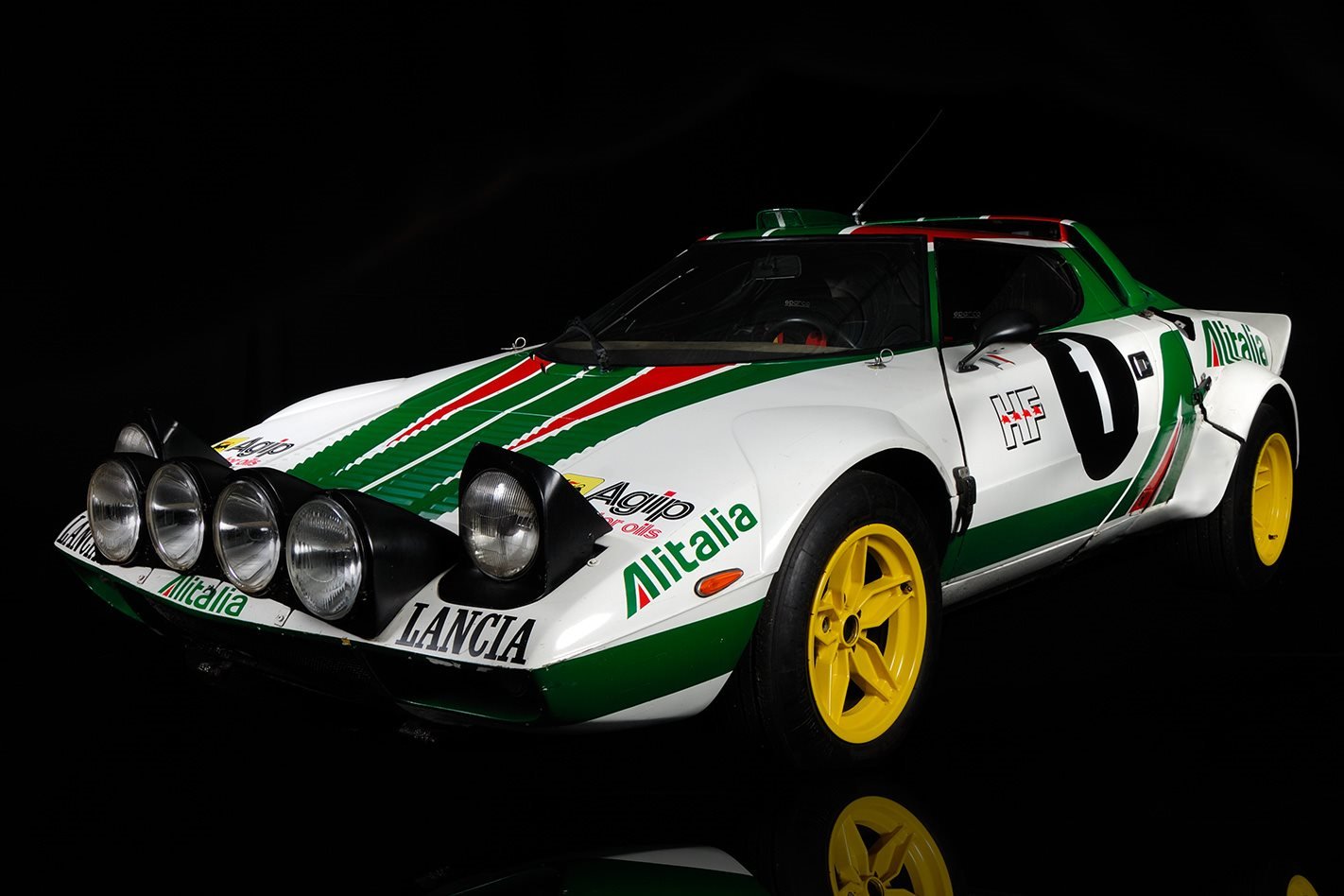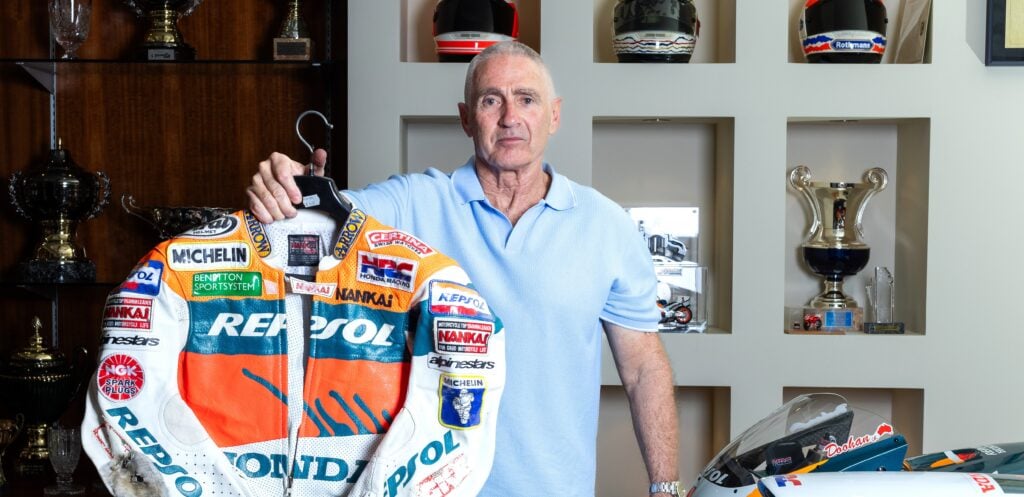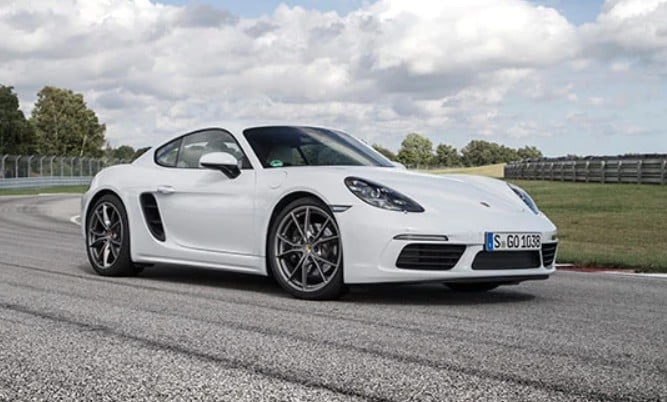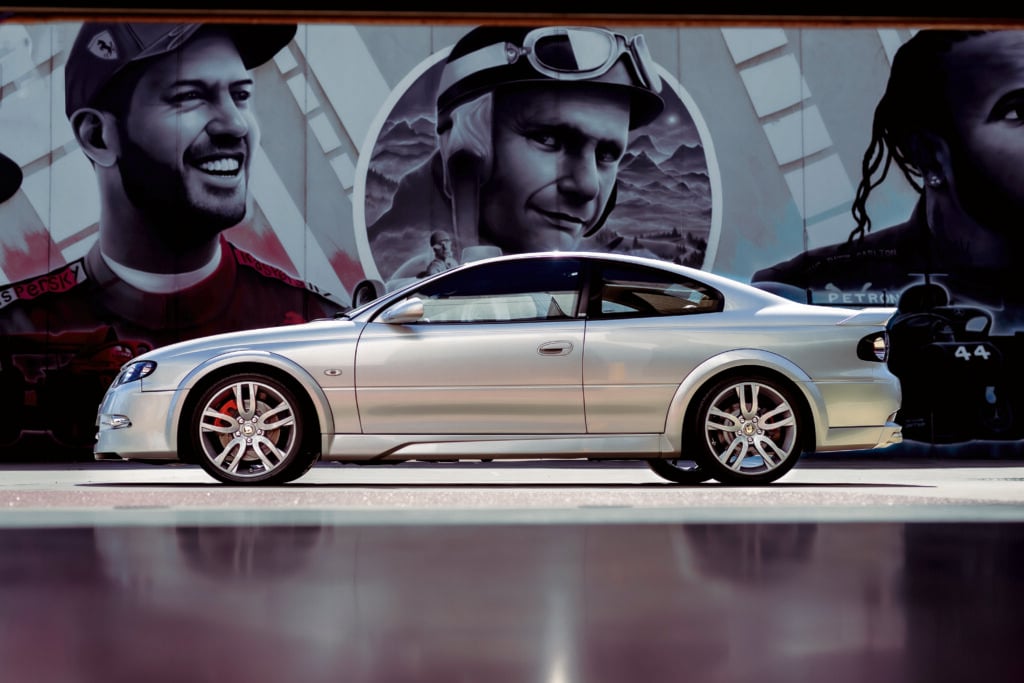My God, they don’t make ’em like this any more. Actually, they’re not allowed to.
This story first appeared in the February 2012 issue of MOTOR.
See, the Lancia Stratos HF might have been a road car, but it only really existed at all to win rallies. And win it did, with multiple World Rally Championships under its belt and a reputation for being unbeatable in the mid- and late-70s.
That it was a road car at all is purely because the racing rules of the day demanded that 500 road-going versions of a car needed to be built and sold to homologate the design for rallying. But the fact that this was a competition car first and foremost was obvious from the moment the wraps were hauled off the prototype at the Turin Auto Show of 1971.
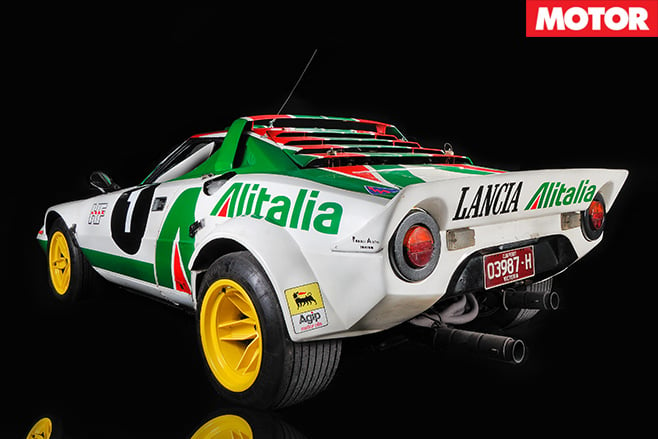
By the time the fluoro red Turin show car had been unveiled, the Stratos was running the Ferrari-derived V6 that would be the car’s showpiece, but what many people didn’t know at the time was that Lancia had been trying all sorts of mid-mounted powerplants on for size.
The 1.6-litre V4 with the single cylinder head from the Fulvia got a look-in and so did the two-litre, DOHC four-cylinder Beta engine. But, ultimately, it was decided that only a V6 would do.And what a V6 it was.
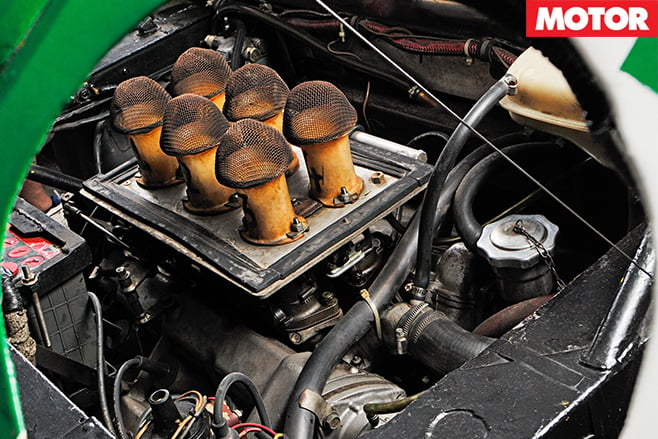
In the 1080kg Dino the lump was good for a top speed of 238km/h, according to independent tests of the day. In the 980kg Stratos, top speed was about the same, but the Lancia could get from rest to 100km/h in under five seconds.
So tuneable was the V6 that, for racing purposes, engineers managed to extract up to 209kW from it (still 2.4 litres remember), turning the Stratos into a proper hot rod. But the rest of the Stratos package was also mind-bending.

Overall, the Stratos was a pert 3710mm, but the wheelbase was a tiny 2180mm. What’s that mean? Well, consider that a Holden Barina – a tiddler by any stretch – has a wheelbase a good 300mm (a whole foot in the old money) longer and you can see how the Lancia, with a front track of 1433mm and a rear track of 1457mm, was almost square. That meant it could change direction very quickly, but it also meant that it was a real handful on the limit. Only the very best drivers could manage to hold the Stratos in a slide.
Weight distribution was quite good, thanks to the mid-mounted V6 which was also turned around and mounted transversely (like a Lamborghini Miura) to the five-speed transaxle (also lifted from the Ferrari Dino). A ZF limited-slip diff was also part of the rally-bred package.
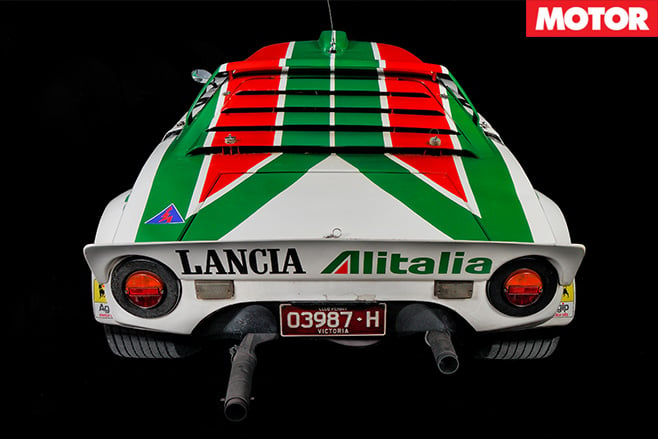
Front suspension was by double wishbones and coil-over units with an adjustable anti-roll bar. The rear end consisted of MacPherson struts with a lower control arm, coil-overs and an anti-roll bar. Even then it wasn’t that simple and the suspension at either end was, in line with racing practice, partly rose-jointed.
Front stoppers were Girling ventilated discs measuring 271mm and pinched by two-pot callipers, and because of the mid-engined layout throwing more mass to the rear, the anchors on the blunt end were also 271mm rotors with smaller-piston two-pot calipers. There was, of course, no servo assistance even in the road car version.
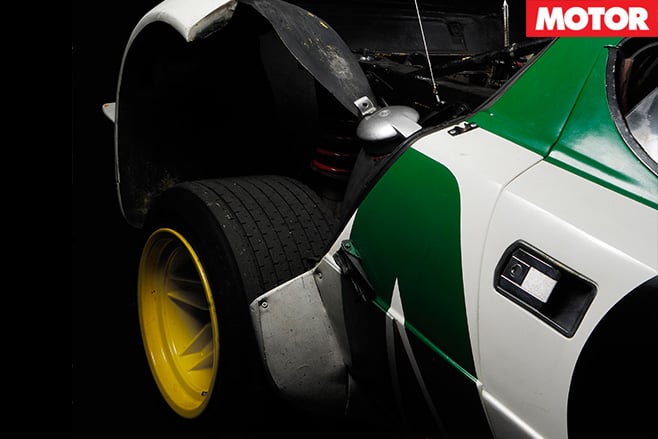
Power was up to about 265 horsepower (just on 200kW, thanks to a small bore-out to take capacity to 2444cc), there were higher-compression slugs, a heat-treated crank, two-ring pistons, high lift camshafts, 48mm IDF Webers (up from the 40mm units of the road car), electronic ignition, bigger valves, a baffled sump, lightened flywheel and, of course, a big, blaring, flame-spitting exhaust.
The five-speed gearbox remained in principle, but for the Group 4 cars (as the race cars were known), there was an interchangeable gearset that, without altering the ratio of the 40 percent-locked diff, could give a top speed of anything from 153km/h to 225km/h. And you better believe that when it was geared for 153 flat-out, it got there awfully quick.
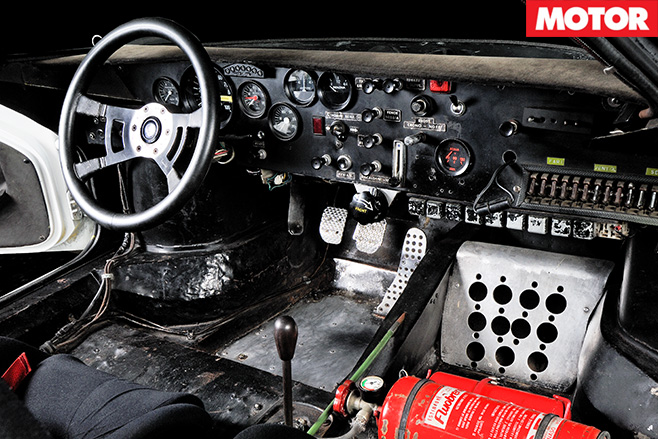
A heavy duty clutch was fitted, the stock suspenders were diced in favour of competition units and the Stradale’s brakes were replaced by – curiously – slightly smaller 267mm rotors front and rear. The real gain, though, came with the calipers; four-pot grabbers on the front and rear, made from aluminium rather than the roadie’s cast-iron. Oh yeah, the Group 4 also got 15-inch wheels which were eight inches wide at the front and a monster 12 inches across at the rear.
THE GOOD
1. A rare racer Although reports vary, Bertone’s official claim was that only 502 Stratos’ were built. Worth a mint, too.
2. Paved the way It essentially ushered in the era of purpose-built rally cars, rather than merely converted high-volume sellers.
3. Cult following The instant success of the Stratos made it a sentimental favourite, and it’s still cooler than an eskimo’s Ray-Bans.
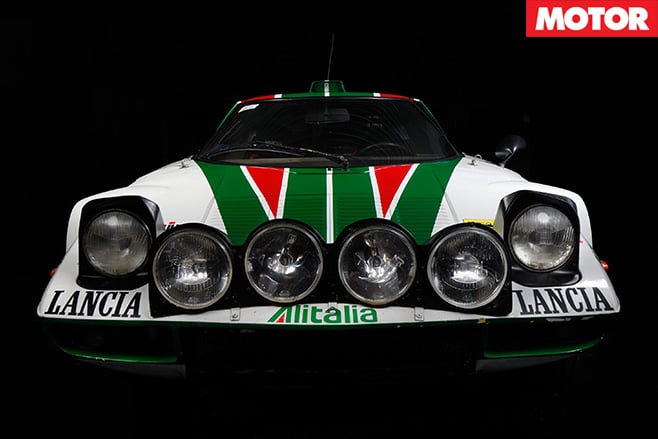
1. Even rarer roadie Hard to find a good one, as most have been thrashed, crashed or both. Parts and services are rare and expensive.
2. No road manners It was designed for the track, so things like rear vision and seating left a lot to be desired on daily drives.
3. Specialised weapon Extra-stiff and offset clutch and throttle pedals made it an extra-hard beast to tame for the simple everyman.
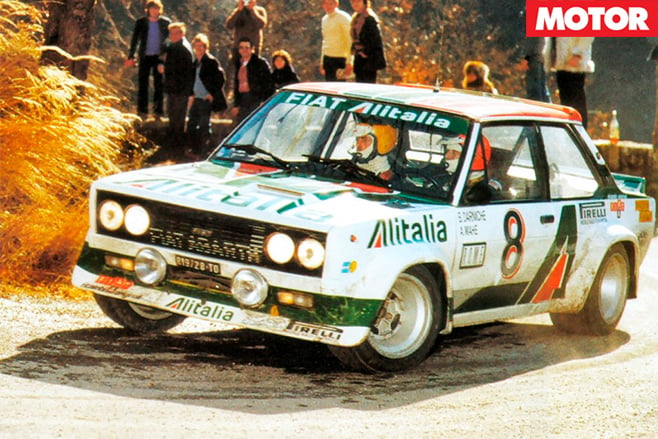
By 1974, the Stratos was homologated for the WRC and immediately started thumping everything else on wheels.
It won the Championship in ’74, ’75 and ’76 in the capable hands of Bjorn Waldergard and Sandro Munari, claiming the prestigious Monte Carlo Rally in ’75, ’76 and ’77 in the process.
It was looking good to continue its winning ways until – as is so often the case when it comes to those crazy Italians – politics got in the way.
Lancia was swallowed up by the government-owned Fiat juggernaut, whose grand plan for World Rallying called for the 131 Abarth to become the rally weapon of choice.
So, suddenly, the mighty, still competitive Stratos was on the outer for no reason other than somebody within Fiat wanting a car with a Fiat badge to be on the front page. Typical.
Just to show what a dopey move that was, a few private teams kept the Stratos going in the WRC, still picking up results as late as the early ’80s.

